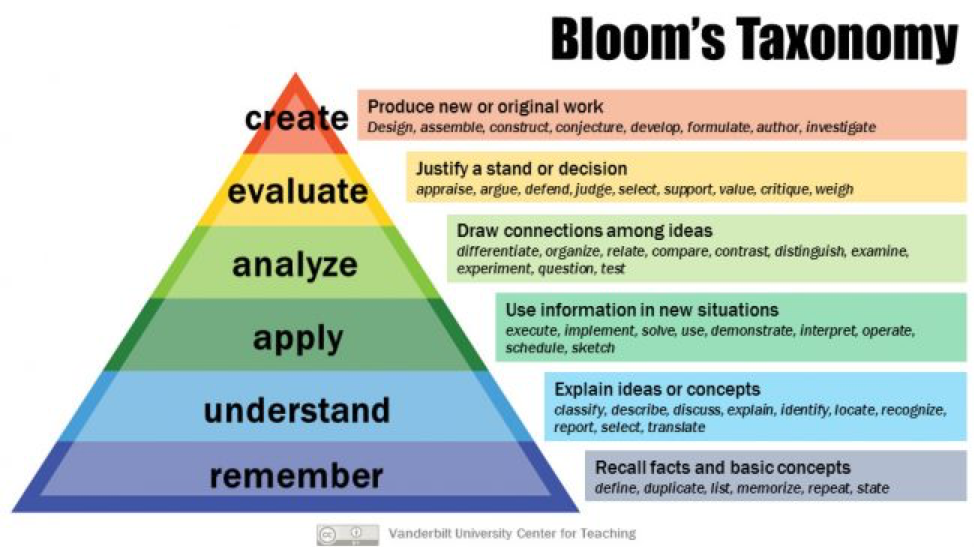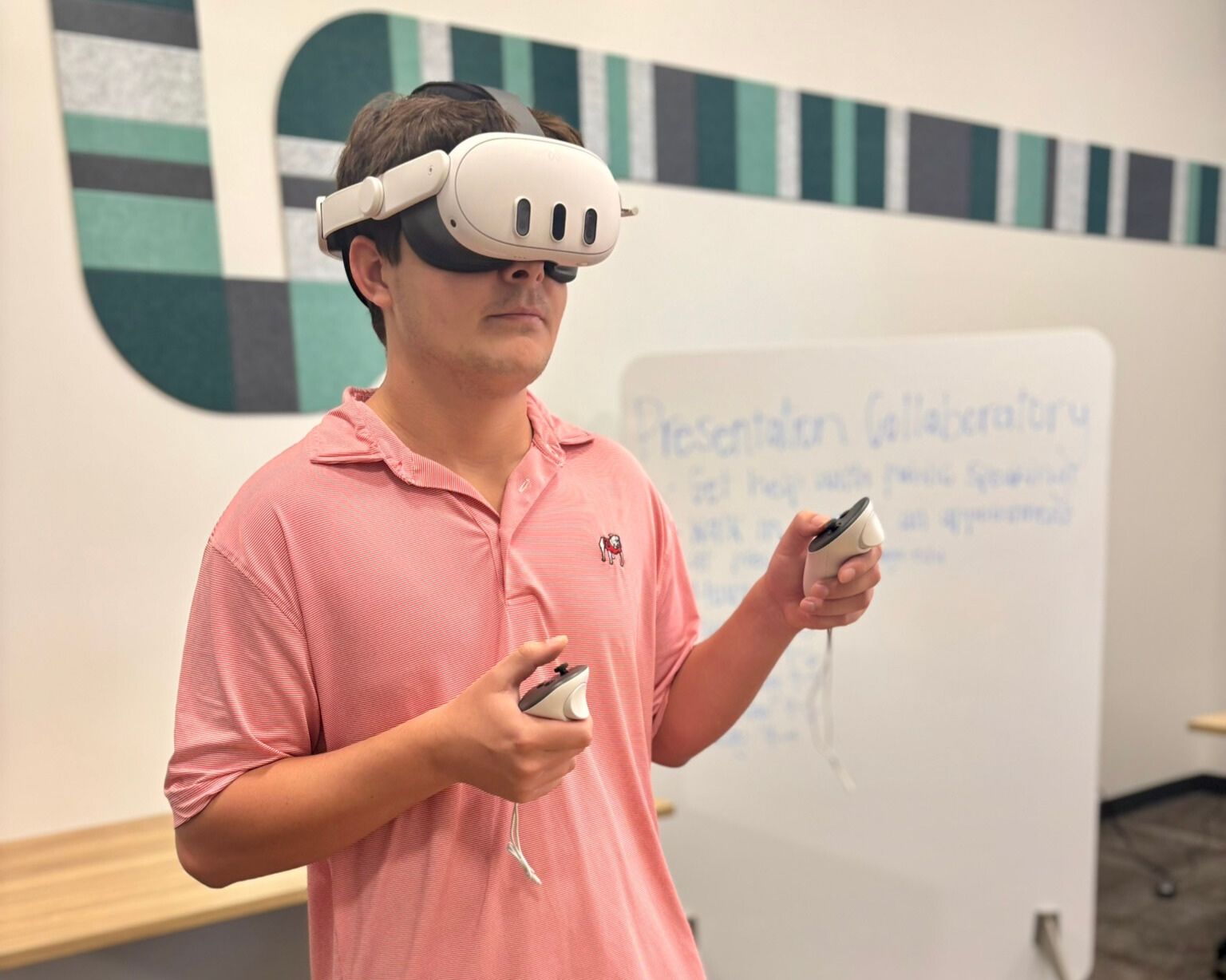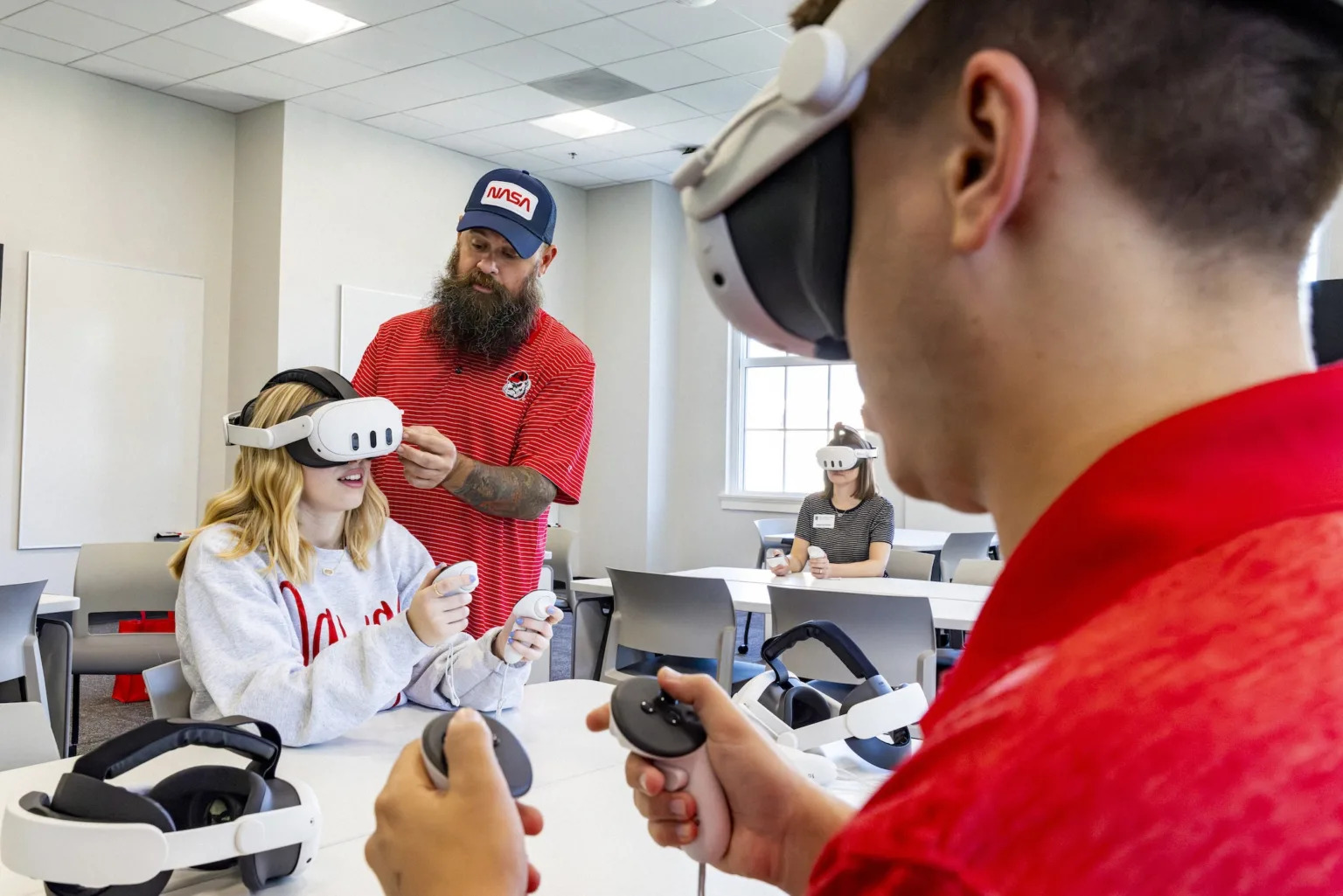How one prepares for tests at UGA will often separate the A’s from B’s and C’s, etc. As you are in the process of becoming a professional learner in college, you must do more than simply practice recall, recitation, and self-testing in preparation for your tests and exams at the University of Georgia. Dense, detailed, and voluminous content will require a broad array of strategies for you to adequately categorize, recall, and interpret information for your professors. In most classes, you will be challenged to integrate, evaluate, apply, and explain what you’re learning to prove that you have mastered the content in each course. Practice solving test-like questions under test-like conditions is one of the best sets of strategies you can use in college to prepare for all kinds of tests and exams, but since your content, professors, and academic tests will vary, you must learn several different ways to implement these strategies. Our Academic Coaches are in place to help you identify, develop, and hone these strategies. This section of our website is designed to introduce you to just a few new ways in which you might better apply your time, efforts and energies as you prepare for the rigorous tests and exams at UGA.
Strategies
Benefits of Adequate Test Preparation
How one prepares for tests at UGA will often separate the A’s from B’s and C’s, etc. As you are in the process of becoming a professional learner in college, you must do more than simply practice recall, recitation, and self-testing in preparation for your tests and exams at the University of Georgia. Dense, detailed, and voluminous content will require a broad array of strategies for you to adequately categorize, recall, and interpret information. In most classes you will be challenged to integrate, evaluate, apply, and explain what you’re learning to prove that you have mastered the content in each course. Practice solving test-like questions under test-like conditions is one of the best sets of strategies you can use in college to prepare for all kinds of tests and exams, but since your content, professors, and academic tests will vary, you must learn several different ways to implement these strategies. Our Academic Coaches are in place to help you identify, develop, and hone these strategies. This section of our website is designed to introduce you to a few ways in which you might better apply your time, efforts and energies as you prepare for the rigorous tests and exams at UGA.
How To Prepare for Tests
With the right preparation and strategies in place, ongoing test preparation can play a key role in academic success. College demands that students take a much more proactive part in their learning. While some students may arrive to college having mastered some basic learning strategies (Remembering and Understanding in Bloom’s Taxonomy pyramid by means of flash cards, rereading, etc.), many college courses require students to process information more deeply (e.g., Applying, Analyzing).

https://upload.wikimedia.org/wikipedia/commons/7/79/Blooms-Taxonomy-650×366.jpg
For more information on Bloom’s Taxonomy check out this video!
Regular Study Routines
In order to adequately prepare for college examinations, the first step is to access the specific tasks required for mastery of content. In order to gain information, it is imperative that you develop the habits of regularly:
- Consulting your syllabus, which serves as a guide for upcoming course modules, required readings and assignments, due dates and general sense of the content organization
- Developing and maintaining a targeted study routine. This includes previewing the reading that will be covered in class, striving for an awareness of how the material will be covered and potentially relates to information previously learned in class.
- Investing adequate time: If you are a full-time student, then think of your time spent on your academics as a full-time job. A standard full time workload is 40/week – so if you are enrolled in 14 credit hours this semester, then you should be dedicating at least 26 hours to your academics outside of class (40 hours total – 14 hours in class = 26 hours outside of class). Keep in mind during mid-terms and finals you will likely have to ramp up the totals hours spent on your academics to be well prepared. Adequate time to your academics can change based on the credit hours you are enrolled in, the courses you are taking, and any other extracurricular activities/commitments you are involved in. For assistance tracking and managing your time, consult these resources or you could consult an Academic Coach.
- Going to class. Invaluable course information is often provided in the five minutes before, during, and at the end of each class session. Plan to be there to access it. While in class, practice taking careful notes.
- Developing relationships with instructors: Consult your instructors whenever you have content questions. Creating a positive relationship with instructors by visiting office hours, emailing questions, and generally engaging during class time can also ease your level of comfort discussing situations in which academic content or life provide challenges.
General Test Preparation
College requires students to independently maintain regular routines that support success. Integrating effective strategies into your preparation will improve your confidence that you can meet the expectations of your professors. Following a study cycle that promotes a metacognitive analysis of the information will continually deepen your understanding of the material.
As tests and projects often assess a student’s ability to demonstrate a deeper and wider understanding of material than quizzes, it is wise to stay on top of one’s tasks. By being caught up on readings and practice problems, one can focus on reviewing more difficult concepts and pulling together content in the 5-7 days before a test or project.
During the week before the test, you can shift your attention away from preliminary preparation. For example, you may want to modify the 5 Day Test Plan Prep (PDF) to target your efforts to pull the information together. When developing your plan, the Exam Preparation Worksheet (PDF) can guide you through the important strategic planning questions and processes.
Test Preparation for STEM Courses
This section targets practices that lead to success in science and mathematics courses.
Reading for STEM courses
When reading a text to prepare for a test, pay close attention to the details such as:
- Visualize scientific processes
- Figure out the task
- Strategic reading questions
Adopting a scientific attitude toward reading, ask yourself questions such as:
- What data supports this theory?
- How does this theory relate to other theories?
- What are the processes involved?
- What does the information show us?
- How does this work?
It is often helpful to create a concept map to illustrate how ideas relate to one another. As you preview a chapter, start to map out how the ideas interrelate. As you continue to read, you can fill in the concept map with important scientific processes.
Plan to use campus resources
Science and math courses often use lecture time to address questions that students have over reading and practice problems. As these activities are time and labor intensive, many successful students make it a practice of visiting campus tutoring resources on an ongoing basis.
Test Preparation for Humanities Courses
Reading for Humanities Courses
Humanities texts require students to interpret, analyze, and evaluate information. Unlike high school, professors expect students to not only respond to identification items, but also to explain the significance of an event. In order to engage in this process with confidence, it is important to read texts before arriving to class. Due to the volume of information thrown at you in humanities courses, it is imperative to follow the “listen (or read, depending on the context), think, and write rule. First take in the information, then think about it, and finally write that out in your own words. Otherwise, it is possible to fall into the frustrating trap of collecting a summary of disconnected thoughts. Be sure to take good notes when reading, as this will help with recall of that information later.
Strategies for Humanities Courses
Having invested the time reading your texts and taken good notes, further strategies are necessary to pull together the information. Timelines, questions/answers, and compare/contrasting are three effective techniques.
Timelines
Chronologically lining up events allows you to organize a long period of time. Timelines are simple to create and supplement with flashcards. To ensure your success linking these basic comprehension tasks to a deeper level of understand, be sure to challenge yourself to understand why an event is significant, what the impact of the circumstance was, and what comprised the specific details of the occurrence.
Questions/Answers
Most humanities professors test through short answer, essay and identification, your own higher-level question and answer preparations is key to your success. Create questions that require you to synthesize and think critically about the information. To this end, beware overly simplistic questions that begin with what.
Compare / Contrasting
Use charting whenever you need to be able to compare and contrast ideas, such as philosophies or movements in art. It is important that you carefully choose categories that will allow you to see the similarities and differences. Be sure to include information both from the readings and class discussions.
The Charting Method uses columns to organize your notes – helpful when the topics covered have a lot of information or facts to know.
How to: Create a new column header for every new topic covered. All information provided on that topic will go underneath that column header. Multiple columns can be placed on a single page, helping you see the breadth and depth of information covered on each topic and for each class period.
Suggestions when to use: This method is helpful when covering material with a lot of detail and/or facts. This may be helpful in a humanities course where dates, locations, a description of the person, place, or thing is necessary to know.
Test Preparation for Social Science Courses
Reading for Social Science Courses
Although many social science professors expect you to have completed readings before class, it’s always wise to consult your syllabus or ask the instructor for guidance. Sometimes it is easier to understand the information after you have listened to the information and taken careful notes. Social science texts are often organized topically, but many of the topics can be presented as stand-alone units. Unlike math and science, information in later chapters is not always dependent on your understanding of the earlier chapters. Furthermore, social sciences often employ vocabulary that may seem familiar but is actually a specialized, technical term.
Strategies for Social Science Courses
Flashcards
Although many students arrive in college prepared to create flashcards, some students experience difficulties transferring this skill to social science courses. Instead of working to memorize “facts,” it is wise to use flash cards to organize ideas as organizing terms that require further study of the supporting details. Using the cards in this manner would allow you answer a few different types of questions, beyond simply memorizing a definition.
Question Answer Strategy
As with the earlier flashcards that have been modified to support higher learning processes, it is important to carefully consider the questions you are preparing to answer. Try to craft questions that begin with explain or how and not what.
References
Nist-Olejinik, S. & Patrick Holschuh, J. (2014). College Success Strategies, 4th Ed.
Upper Saddle River, NJ: Pearson Publishing.
Further Reading
Making it Stick: The Science of Successful Learning
Making it Stick: The Science of Successful Learning by Brown, Roediger, and McDaniel. This website provides several examples of how mind-maps can reveal and explain complex information like that which explains how we effectively learn and prepare for exams in college. Many students will create mind-maps as an active learning strategy to prepare for tests and exams. The mind-maps on this website provide examples of how you might re-create and re-organize your notes from lecture, labs, syllabus, and readings in preparation for tests and exams.
Preparing for Exams (PDF)
Preparing for Exams (PDF)—Have a plan and execute it! This resource from Princeton University provides guidance and overall instruction on how to create a test / final exam preparation plan and effective ways for executing your plan(s).
Master the Content
Learning at the college level is often described by Bloom’s Taxonomy. This resource provides descriptive explanations and action words of what it actually means for us as students. Review Master the Content to apply the meanings of Bloom’s Taxonomy as you study and prepare for each (different) test and exam.
Recommended Apps
Each of the following apps can be used to convert your reading, lecture, and syllabus notes into your own creation / representation of the course material. The active practice of creating visual or pictorial representations of complex information allows your brain to “encode” / effectively “capture” the information, categorize / organize it, and “file it away” for effective recall. If concept mapping apps don’t seem to match your best mode of learning, you can also try creating tables, graphs, and or charts as well.



